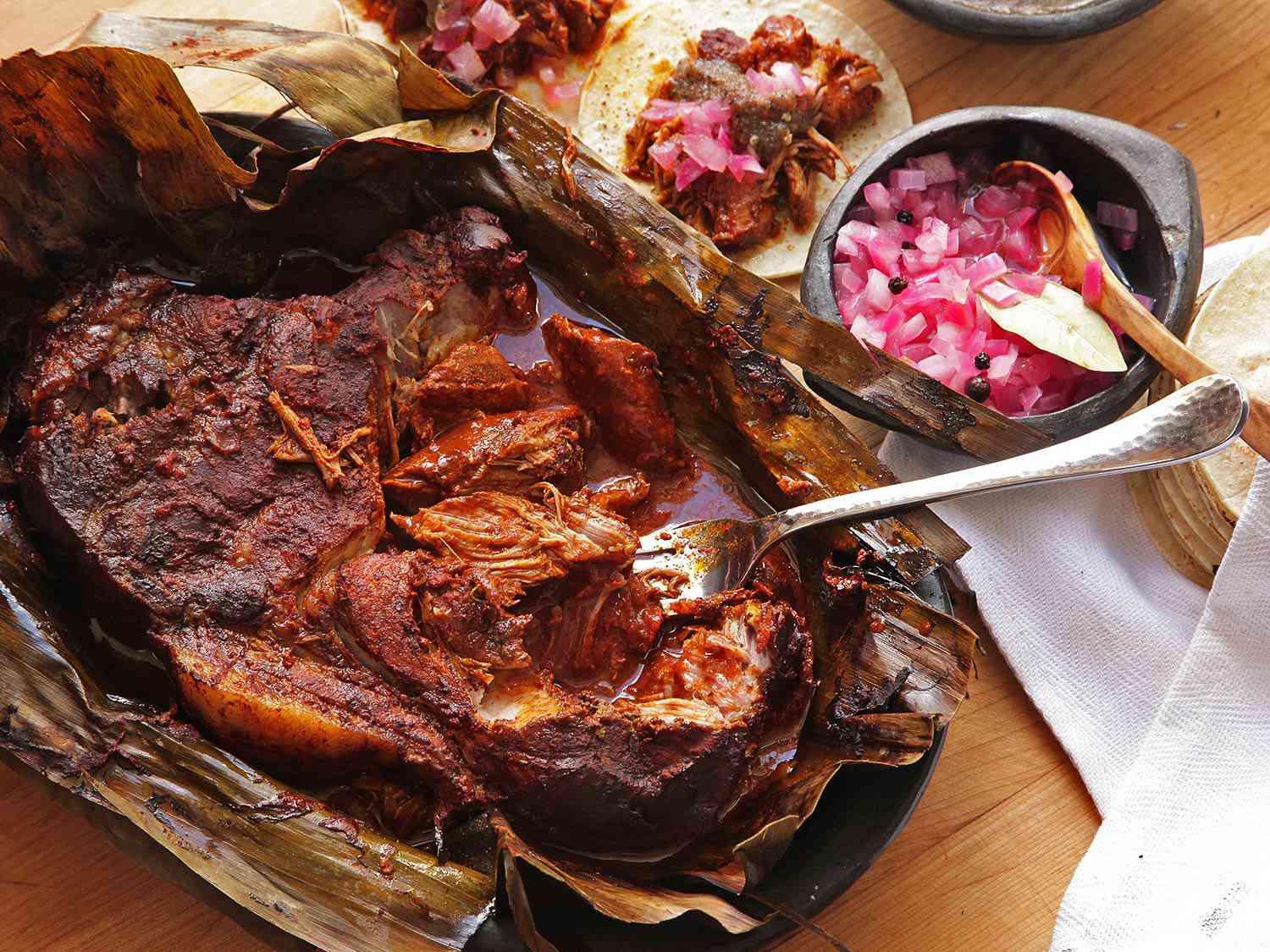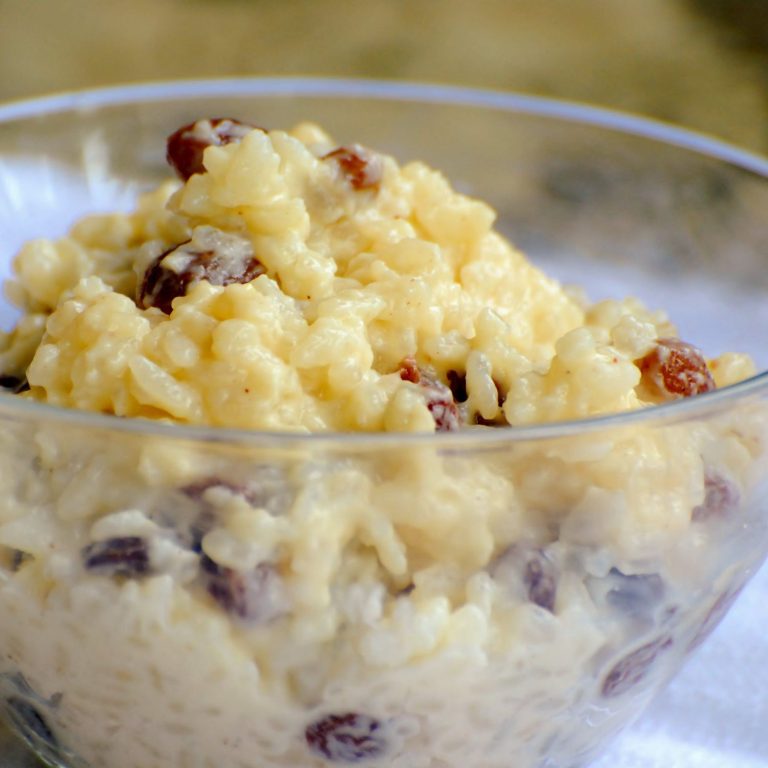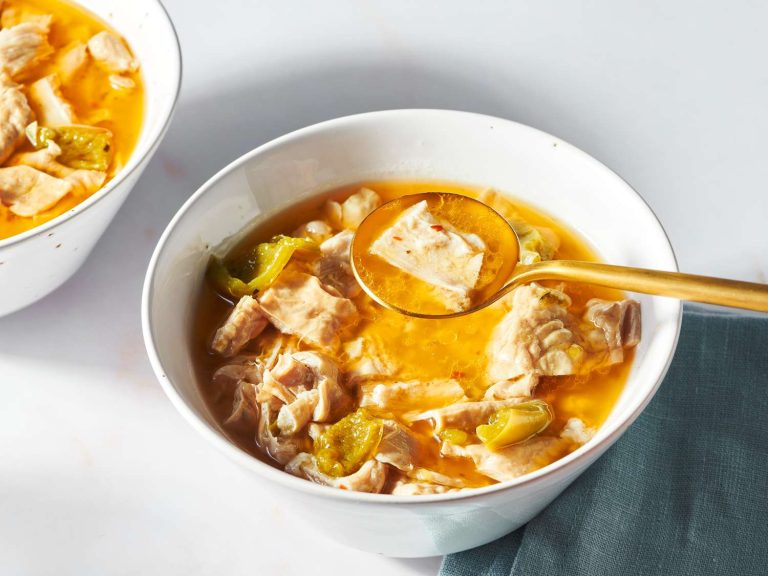Cochinita Pibil Recipe
Cochinita Pibil originates from the ancient Mayan civilization in Mexico’s Yucatán Peninsula. The word “pibil” means “buried” in Mayan. This dish traditionally involves marinating pork in achiote (annatto) paste and sour orange juice, then wrapping it in banana leaves. Cooking it in an underground pit oven called a “pib” imparts unique depth and flavor. Mayans developed this method to preserve meat and infuse it with local spices. This technique showcases the resourcefulness and culinary expertise of the Mayan people.
Evolution of the Recipe
With the arrival of Spanish colonizers in the 16th century, Cochinita Pibil saw influences from European cooking methods and ingredients. The original underground cooking method gradually shifted to modern ovens, though some still use traditional pits. Ingredients like cumin and black pepper were incorporated, adding complexity to the flavor profile. Despite these changes, the traditional essence of Cochinita Pibil remains, continuing to celebrate its rich heritage.
Key Ingredients and Substitutions
Achiote Paste – The Essential Flavor
Achiote paste forms the heart of Cochinita Pibil. Achiote seeds, ground to a fine powder, combine with spices such as oregano, cumin, and cloves. This concoction imparts the dish’s distinctive red hue and earthy flavor. To make authentic achiote paste, blend achiote seeds, garlic, black pepper, and cloves with a splash of vinegar, creating a thick mixture. If you can’t find achiote paste locally, a combination of ground paprika and turmeric serves as a reasonable substitute, though it won’t replicate the exact depth and color of the traditional version.
Alternatives for Banana Leaves
Banana leaves envelop the marinated pork, infusing a subtle, herbal aroma during cooking. They also keep the moisture in, resulting in tender meat. While banana leaves are optimal, parchment paper or aluminum foil can be used if banana leaves are unavailable. These alternatives won’t provide the same flavor nuance but ensure that the meat remains moist and tender. When using these substitutes, wrap the pork tightly to mimic the steaming effect banana leaves create.
Preparing Cochinita Pibil at Home
Marination: Maximizing Flavor
Marination is crucial for achieving the optimal flavor in Cochinita Pibil. Start by selecting high-quality pork shoulder or pork butt. Prepare the marinade using achiote paste, sour orange juice, garlic, and salt. Combine these ingredients in a large bowl, ensuring the pork is fully coated. Cover the bowl and place it in the refrigerator for 6-12 hours, allowing the flavors to penetrate deeply into the meat. If sour orange juice is unavailable, use a mix of orange juice and lime juice (2:1 ratio) as a substitute.
Slow Cooking Techniques
Slow cooking methods ensure the meat becomes tender and flavorful. If replicating the traditional pit oven method isn’t feasible, use either a slow cooker or an oven. For the slow cooker, line the insert with banana leaves or aluminum foil, place the marinated pork inside, and cook on low for 8-10 hours, until the meat is tender. In the oven, preheat to 300°F (150°C). Line a baking dish with banana leaves or aluminum foil, place the marinated pork inside, cover tightly, and bake for 4-6 hours. Ensure the pork reaches an internal temperature of 190°F (88°C) for optimal tenderness and moisture.
Each step in the preparation process contributes to the authenticity and depth of flavor, honoring the traditional methods of Cochinita Pibil while adapting them for home kitchens.
Serving and Presentation Tips
Traditional Garnishes and Sides
Complement Cochinita Pibil with classic Mexican garnishes and sides. Freshly diced onions, chopped cilantro, and pickled red onions enhance flavor and add a vibrant contrast with their acidity. Sliced radishes and avocado bring texture and creaminess. Serve the dish with warm corn tortillas to complete the traditional experience.
Accompany the dish with sides that offer a harmonious balance. Black beans, seasoned with epazote, provide an earthy counterpoint, while Mexican rice adds a comforting, hearty element. A side of zesty lime wedges allows for an extra burst of citrus.
Modern Twists on Presentation
Elevate Cochinita Pibil with contemporary presentation techniques. Use small, soft taco shells to create bite-sized portions, perfect for parties and gatherings. Garnish each mini taco with microgreens for an elegant touch and a hint of freshness.
Experiment with plating styles that highlight contrast. Arrange the pork over a smear of black bean puree for visual appeal and flavor depth. Create a colorful plate by adding roasted peppers, grilled corn, and edible flowers. Use rectangular plates to give a sleek, modern look.
For a fusion approach, incorporate Cochinita Pibil into non-traditional dishes. Make sliders with mini brioche buns, or use it as a topping for nachos with melted cheese and jalapeños. These innovations keep the essence of the dish while appealing to diverse culinary preferences.
Popular Variations of Cochinita Pibil
Regional Differences in Preparation
Mexico’s diverse culinary regions offer unique twists on Cochinita Pibil. In Yucatán, cooks traditionally use underground pit ovens for slow cooking. Coastal areas incorporate seafood like shrimp or fish marinated in achiote and citrus juice for a distinct flavor profile. Inland regions might add local spices like cinnamon or nutmeg for warmth. Northern Mexico often uses modern ovens, adding smoky elements from chipotle peppers. Each regional variant stays true to Cochinita Pibil’s achiote base while integrating local ingredients and techniques.
Vegetarian Adaptations
Vegetarian versions of Cochinita Pibil have gained popularity. Marinating tofu or tempeh in achiote paste and sour orange juice creates a robust flavor. Jackfruit serves as a popular meat substitute, mimicking pork’s texture when slow-cooked. Mushroom varieties like portobello or oyster offer earthy flavors and absorb marinades well. Vegetarians can enjoy Cochinita Pibil by using plant-based alternatives, while maintaining the dish’s traditional essence and rich flavors.
Conclusion
Cochinita Pibil offers a rich tapestry of flavors and history, making it a standout dish in Mexican cuisine. Whether you stick to traditional methods or explore modern adaptations, the essence of Cochinita Pibil remains in its unique marinade and cooking techniques.
Experiment with regional variations or vegetarian versions to find your perfect match. This dish not only honors its Mayan roots but also adapts beautifully to contemporary tastes.
So, gather your ingredients, embrace the process, and enjoy the vibrant, flavorful journey that is Cochinita Pibil.






